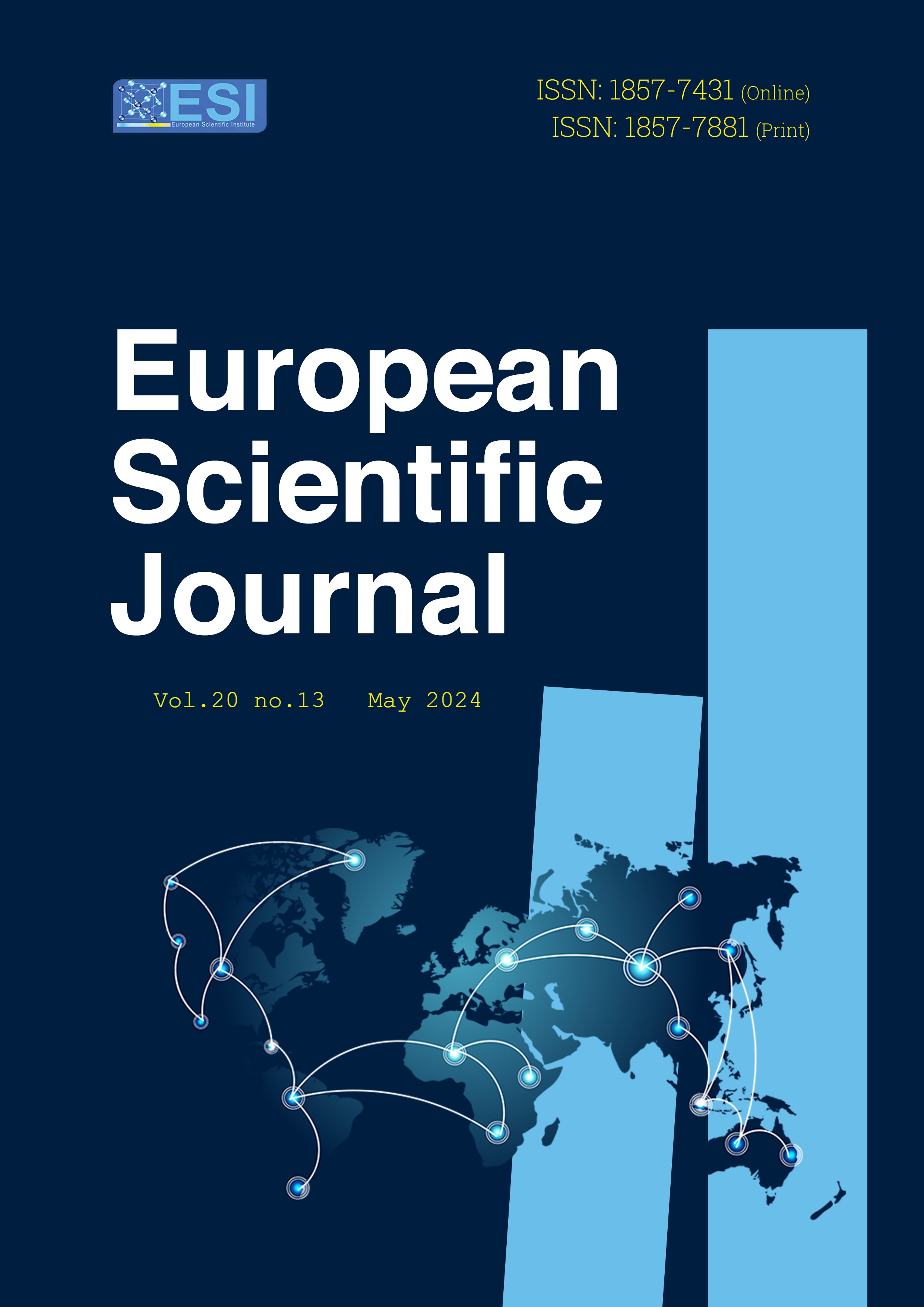Do Vertical Contracts Lead to Foreclosure and Efficiency Gains? An Empirical Study of the Food and Beverage Industry
Abstract
This paper focuses on presenting a research methodology to determine whether vertical contracts between firms operating at different levels of the supply chain are efficient from the perspective of recent industrial organisation theory. In this perspective, some case studies were presented concerning antitrust investigations against some large companies operating in the food and beverage sector in Italy. Despite the controversy surrounding the effects of vertical agreements, as they may be pro- or anti-competitive, the paper shows that not only market concentration but also intra-sectoral asymmetries are crucial factors to consider in distinguishing between foreclosing and efficiency-enhancing agreements.
Downloads
Metrics
PlumX Statistics
References
2. Bernheim, B.D. & Whinston, M.D. (1998). Exclusive Dealing. Journal of Political Economy, 106(1), 64-103.
3. Besanko, D. & Perry, M.K. (1993). Equilibrium incentives for exclusive dealing in a differentiated products oligopoly. RAND Journal of Economics, 24(4), 646-667.
4. Calzolari, G. & Denicolò, V. (2015). Exclusive contracts and market dominance. American Economic Review, 105(11), 3321-51.
5. De Meza, D. & Selvaggi, M. (2007). Exclusive contracts foster relationship-specific investment. RAND Journal of Economics, 38(1), 85-97
6. Etro, F. (2007). Competition, Innovation, and Antitrust. Springer.
7. Fumagalli, C., Motta, M., & Ronde, T. (2012). Exclusive dealing: the interaction between foreclosure and investment promotion. Journal of Industrial Economics, 60(4), 599-608.
8. Groh, C. & Spagnolo, G. (2004). Exclusive contracts, loss to delay and incentives to invest. CEPR discussion paper No. 4525.
9. O'Brien, D.P. (2020). The economics of vertical restraints in digital markets. The Global Antitrust Institute Report on the Digital Economy. Retrieved at: http://dx.doi.org/10.2139/ssrn.3733686
10. Rasmusen, E.B., Ramseyer, J.M., & Wiley, J. S, Jr. (1991). Naked exclusion. American Economic Review, 81(5), 1137-1145.
11. Rey, P. & Vergé, T. (2008). The economics of vertical restraints, in P: Buccirossi (Ed.), Handbook of Antitrust Economics (pp. 353–390) Cambridge, MA: MIT Press.
12. Segal, I.R. & Whinston, M.D. (2000). Naked Exclusion: comment. American Economic Review, 90(1), 296-309.
Copyright (c) 2024 Silvia Bertarelli

This work is licensed under a Creative Commons Attribution 4.0 International License.








